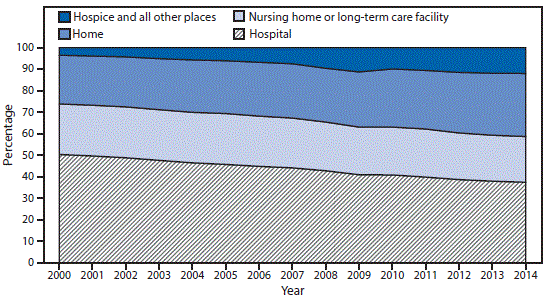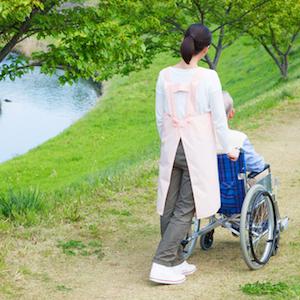Unlike our ancestors, who encountered it often, members of our modern society seem strangely detached from death. Many people have never even seen a dead body. When I was still an undergraduate in 2002, I witnessed four autopsies being performed at the New York City medical examiner's office. It was a life-changing experience. Watching as a doctor peels a corpse's face off its skull and systematically extracts organs (before stuffing them into a bag and shoving it in the chest cavity) has a way of bringing death to life, so to speak.
While many people may acknowledge death intellectually or philosophically, it still feels like a strange, otherworldly phenomenon that happens primarily to other people. The devastating biological process that is death -- and the overwhelming emotions associated with it -- have not been internalized by far too many people in our death-denying culture. But to fully embrace and appreciate life, we need to have a mature understanding of death.
For this reason, I have said before and will say again many more times: We all have to die. Those of us who process that reality ahead of time might be lucky enough to have a small say over the time and location of our unavoidable demise. And in the process, we may help society as a whole come to terms with death.
That is why I applaud the increase in deaths that are occurring at hospices, according to data released by the CDC. (See below.)

As shown, from 2000 to 2014, deaths in hospitals fell from roughly 50% to 37%, while deaths in hospices (and all other places -- whatever that means) increased from 3.5% to 12%. To me, this indicates a positive trend. Instead of fighting tooth and nail to implement every possible medical intervention to lengthen our lives by a few miserable days or weeks, more people are accepting the inevitable and declining futile last-ditch efforts.
Though I have never been to a hospice, I imagine that such settings help both patients and their loved ones mentally prepare for the end. The process of grieving, and even of acceptance, can begin sooner. Hopefully, this trend in end-of-life care will bring the taboo subject of death back into the mainstream.
Source: "QuickStats: Percentage Distribution of Deaths, by Place of Death — United States, 2000–2014." MMWR Morb Mortal Wkly Rep 65 (13): 357. Published: 8-April-2016. DOI: http://dx.doi.org/10.15585/mmwr.6513a6.




